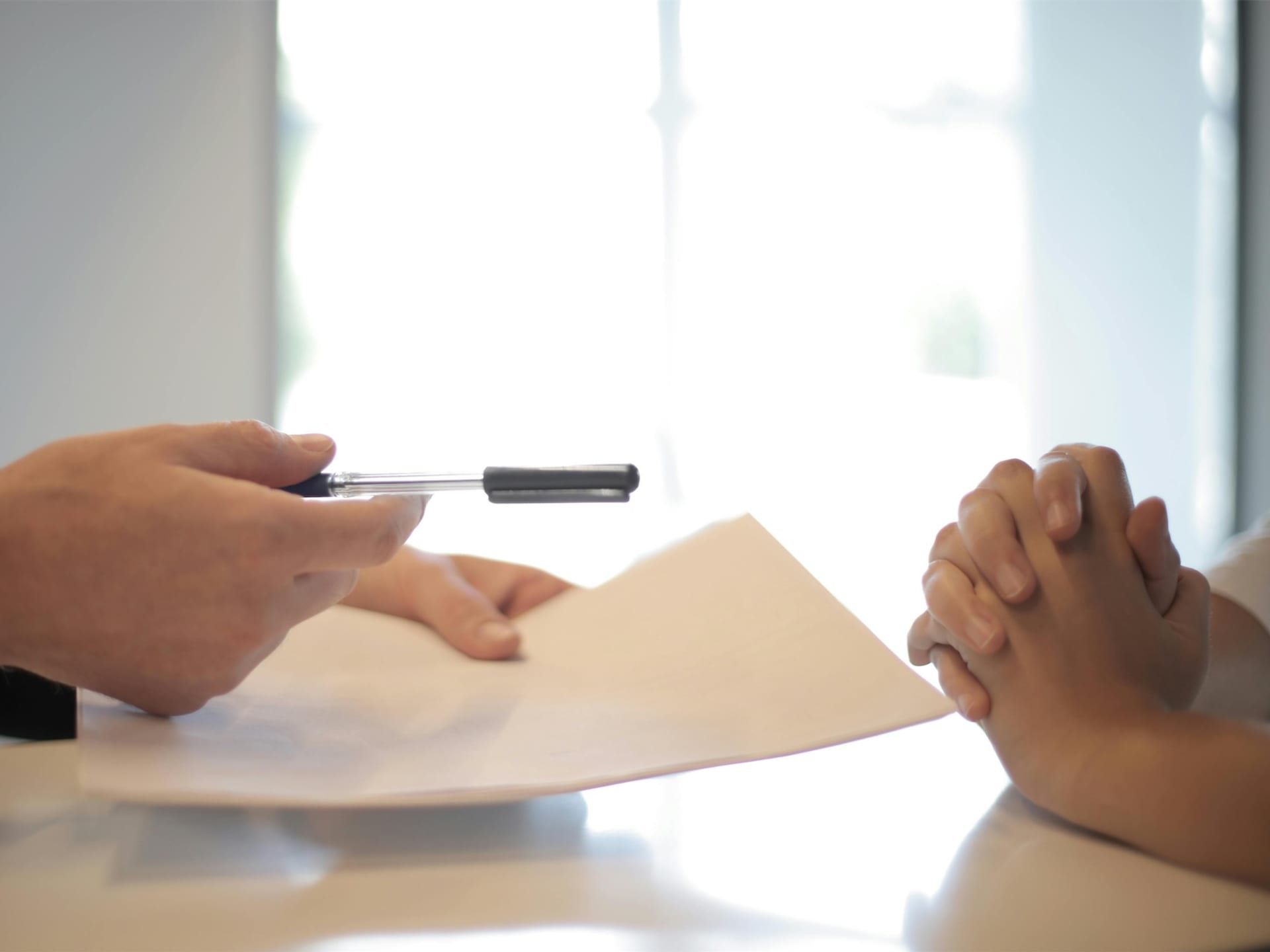Small debt claim trials: What to expect
Explore the process of a small debt claim trial in English Courts, including arrival procedures, case presentations, judge interactions, and judgment delivery.

Attending a trial for a small debt claim in the English Courts can be an unfamiliar experience for many. Understanding what to expect can help reduce anxiety and ensure you are adequately prepared. Here's a detailed overview of the trial process for small debt claims:
1. Arrival and Court Formalities
- Arrival: Arrive at least 15-30 minutes before your scheduled hearing time. This allows for security checks, finding the correct courtroom, and any last-minute preparations. For remote hearings conducted by video or telephone, ensure you test your equipment well in advance and have a quiet, well-lit space ready.
- Check-in: Most courts have a reception desk or usher who can direct you to the correct courtroom and provide information about the proceedings. For remote hearings, you'll typically receive joining instructions via email.
- Waiting: You'll typically wait in a public area until your case is called. Use this time to review your documents and prepare mentally for the hearing.
2. The Courtroom Environment
Small claims hearings are conducted in a more informal setting compared to higher court proceedings:
- Setting: Usually held in smaller rooms rather than traditional courtrooms, creating a less intimidating atmosphere.
- Seating: Simple tables and chairs rather than formal witness boxes and jury areas.
- Dress Code: While formal business attire is recommended, the atmosphere is more relaxed than higher courts.
3. The Trial Process
Opening: The District Judge will introduce the case and confirm the identities of both parties. They will outline the claim and any defenses raised.
Claimant's Case: As the claimant, you'll present your case first:
- Explain the basis of your debt claim
- Present your evidence systematically
- Call any witnesses if applicable
- Answer questions from the Judge and defendant
Defendant's Response: The defendant will then present their defence:
- Address the claimant's allegations
- Present counter-evidence
- Call witnesses if necessary
- Explain any counterclaims
Judge's Questions: Throughout the hearing, the Judge may ask questions to clarify facts, understand evidence, or explore legal issues. This is normal and helps ensure they have all necessary information.
4. Evidence Presentation
- Documents: Present copies of relevant contracts, invoices, correspondence, and proof of attempts to recover the debt
- Witness Testimony: If witnesses attend, they'll be asked to give their account and may be questioned by both parties and the Judge
- Questioning: Both parties can ask questions of each other and any witnesses, though this is conducted through the Judge
5. Judgment and Costs
Decision: After hearing all evidence, the Judge will deliver their judgment. This may be:
- Immediate oral judgment with brief reasons
- Reserved judgment delivered later in writing
- Partial judgment on some issues with further directions
Costs: The Judge will also determine costs, which in small claims are typically limited to court fees and fixed costs.
6. Post-Trial Procedures
- Written Order: A formal written order will be sent to both parties confirming the judgment
- Payment Terms: If you succeed, the order will specify payment terms for the defendant
- Enforcement: If the defendant doesn't pay voluntarily, you may need to consider enforcement options
Conclusion
Small debt claim trials are designed to be accessible and straightforward. The informal atmosphere, combined with the Judge's active role in managing proceedings, helps ensure that both parties can present their cases effectively. Proper preparation and understanding of the process will help you navigate the trial with confidence and present your case in the best possible light.
About the Author

Philip Young
Founder & CEO



